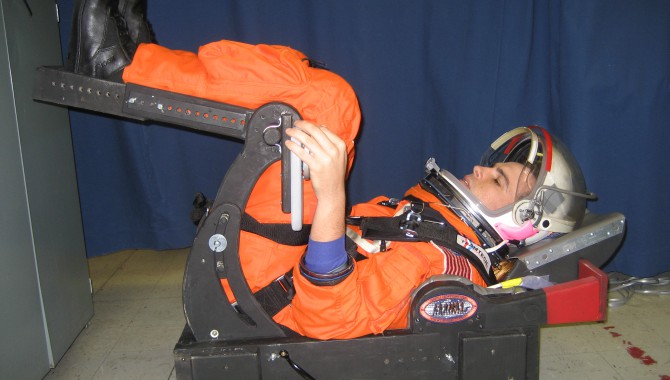
By Dustin Gohmert As Orion seat subsystem manager, I had been working with contractor Lockheed Martin for approximately a year and a half on the design of an astronaut seat for the new crew exploration vehicle, Orion.

By Dustin Gohmert As Orion seat subsystem manager, I had been working with contractor Lockheed Martin for approximately a year and a half on the design of an astronaut seat for the new crew exploration vehicle, Orion.
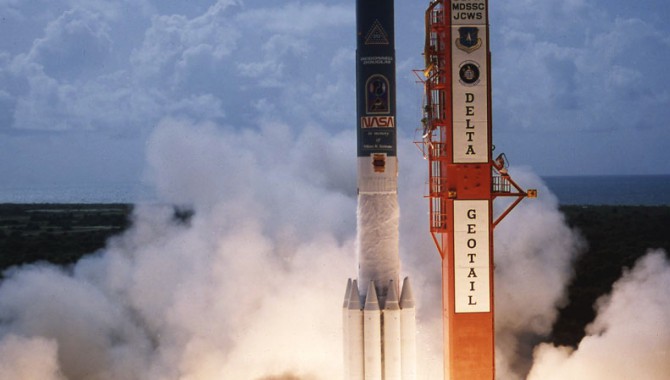
By Toshifumi Mukai The hope in international projects is that one plus one will equal three—that the diverse resources, skills, and technologies of the partners will add up to more than the sum of their parts.
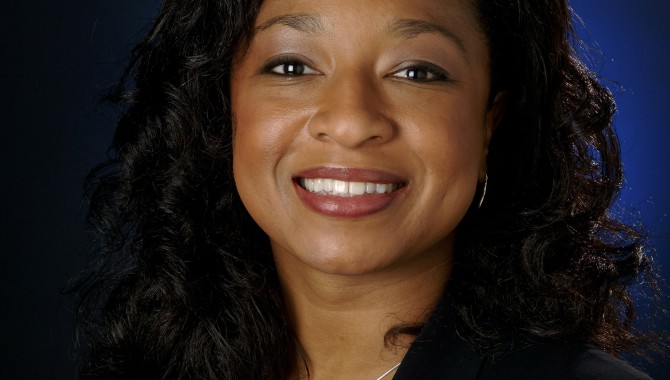
Christyl Johnson has been assistant associate administrator in the Office of the Administrator at NASA since fall of 2005. She joined NASA in 1990, designing and building laser systems for remote sensors at Langley Research Center.
By William H. Gerstenmaier, Scott S. Goodwin, and Jacob L. Keaton Before the English explored Australia in the 1600s, it was held as an indisputable fact in Europe that all swans were white.
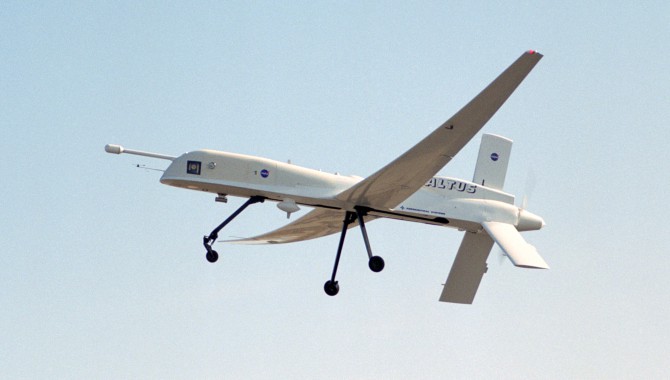
By Tony Kim What would you do if you were a scientist and had just been told by the safety authority that you can only search above the ocean for the science data that you can only get over land?
By Frank J. Cepollina From its ignominious beginnings to its triumphant redemption, the story of the Hubble Space Telescope is known around the world. What is less well known is the story behind the story—the elements that made Hubble’s ultimate success possible.
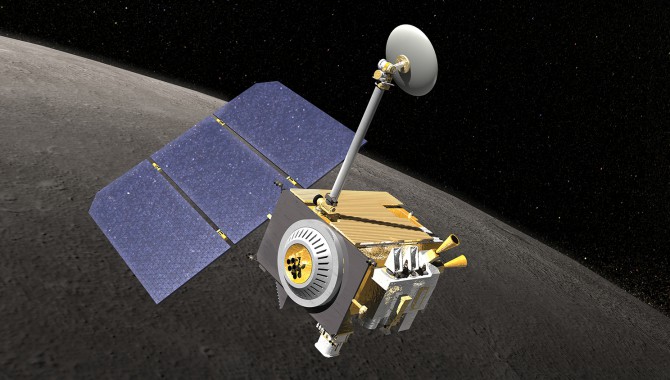
By Charles Tucker Spinning the upper stage of a rocket in flight is one way to stabilize the vehicle, just as a bullet spins to stay on course. But liquid propellant sloshing around in a spacecraft’s fuel tanks produces a wobble, or nutation, that can cause instability and alter flight trajectory. The rate of wobble […]

By Edgar S. (AB) Davis On March 17, 2002, twin satellites comprising the flight segment of the Gravity Recovery and Climate Experiment (GRACE) were launched by a Russian Rockot launch vehicle from the Plesetsk Cosmodrome into orbit 300 miles above the earth.
By Carol Anne Dunn and Francis J. Merceret Mark Twain once said, “Everyone talks about the weather but nobody does anything about it.”